Netflix works harder on interactive video
Article 
Netflix to create more interactive content | Advanced Television
With Interactive TV, Every Viewer Is a Showrunner Now | WIRED
My Comments
Netflix is working harder towards providing interactive video as part of its subscription video-on-demand service.
This popular service took baby steps towards this goal with the Puss N Boots children’s TV show, using it as a proof-of-concept show. It is part of having to compete with Apple and Disney who are running or wanting to launch subscription video-on-demand services that are replete with family-friendly content. There is also the public-service broadcasters who are filling their broadcast-video-on-demand services with children’s content of high educational value as part of their public-service remit.
But Netflix have taken this concept in to the mainstream with Black Mirror Bandersnatch which is a sci-fi “time-travel” program about creating a video game in the 1980s. It uses an interactive metaphor that is based on the “Choose Your Own Adventure” books but could be also seen as something similar to some interactive films or adventure games released through the 1980s and 1990s.
With these two titles, they have taken the video-on-demand concept further by linking it to interactive video. It is facilitated by streaming alternate video content under the user’s control rather than loading it from local storage whether it’s an optical disc of some sort or a computer’s local file system.
User-experience problems and inconsistencies
Netflix still faces problems with how their interactive-video efforts work with the different client-side setups that their users use. What is being highlighted is that some of their platforms and viewing setups won’t play this interactive content properly and is underscored most with popular setups involving the large-screen TV. For example, the popular Apple TV device, whether through its interface or as an AirPlay target for an iOS device, doesn’t handle these titles as doesn’t the Chromecast device or the Windows Netflix app.
This is a key issue regarding interactive video because video content has always been conducive towards viewing on a large-screen TV, especially in a “lean-back” manner.
Some titles like Puss N Boots do resolve to running as a traditional linear experience if the viewing setup doesn’t support interactivity whereas others just won’t play at all.
Netflix will have to answer this problem by updating the client software for tvOS, Windows 10, Chromecast and other platforms to cater towards interactivity. Some articles even raised issues like multiple buffering for interactive titles especially where the devices don’t have much in the way of RAM or storage.
Privacy issues associated with interactive content
The technology press are raising concerns about the issue of end-user privacy when users engage with interactive content. It is although the responses are encrypted using SSL encryption technology used to make Websites secure.
In the Black Mirror Bandersnatch application, the user interactivity would be considered to be benign with “The Register” seeing it like whether one liked Thompson Twins or the contents of a “Now That’s What I Call Music” compilation album. But the interactivity in a subsequent title could be seen as a way to identify factors such as a householder’s political affiliations for example.
If an interactive-video platform is being used to gather user preferences, there needs to be a user-privacy and data security framework concerning this activity. For example, any data to be collected has to be anonymised so it doesn’t point to particular households.
Taking it further
Different genres
Netflix is intending to take the interactive concept towards other genres like history, adventure and romance especially by making this kind of content targeted towards adults. This will lead towards a way to legitimise interactive video content and cause the screen arts community to explore it further.
This could be achieved through modelling the interactive titles on various point-and-click graphic adventure games that existed through the 1980s and 1990s and working these concepts harder.
As well, it has to be realised that non-fiction content like documentaries can benefit heavily from interactive video. For example, viewers could work through one of these shows but choose to see more detail on something they are curious about, whether as a slideshow, animation or full-motion video. Similarly, a non-fiction title can give viewers the know-how and opportunity to follow a call-of-action relevant to the title at any point during the viewing session.
Different approaches
Most likely, interactive video will be underscored in the form of a multiple-choice storyline where certain options affect how the content evolves.
But it can also be in the form of a traditional linear storyline that has the ability to “telescope” at particular points. This is where viewers have the option to view a more-detailed version of a concept that is a point in the storyline, whether as video, animation or on-screen text. It can also extend to a 360-degree video-tour of a space relevant to the storyline where the viewer can use their remote control to navigate that space and, perhaps, see explanations about particular details. It is more so with remote controls that implement trackpads or gyroscopic sensors.
In some cases, you could integrate a “mini-game” or programmatic simulation within the title that the user can play if they so wish. An example of how this could take place could be a crime drama based on the Dick Francis novels that are set within the murky world of horseracing and betting. In this case, there could be the option to emulate one or more betting scenarios concerning one of the subject horse races or see comparative “market odds” for a race before and after a situation highlighted within the drama’s storyline.
This kind of approach may require the use of computing power within the client device or the server to perform any necessary calculations. Here, it may depend on how powerful the client device is and what is being expected for the necessary calculations.
Interactivity as an option
One thing that needs to be thought of as interactive video catches on is the concept of offering “interactivity as an option”.
This is where the content is run in a linear fashion following a known storyline from beginning to end in order to satisfy group-viewing scenarios, viewing setups that don’t support interactivity or simply where you just want to simply relax and view. It may also allow critics to get the essence of the content to make a fair judgement on what the content’s baseline is about.
But it has to allow the user to enable an interactive-viewing mode to allow the individual viewer to benefit from the interactivity.
Taking the interactive TV concept to other VOD platforms
As well, other video-on-demand platforms will want to explore interactive TV as part of their operating software so they can work towards creating their own interactive content. Here, it could be achieved through an operator offering a white-label interactivity solution that other video-on-demand platforms could implement.
Then there is also the issue of having end-user setups work properly with interactive-TV abilities. Here, it will require the software on all of the platforms especially the popular “big-screen” ones, that facilitates the end-user experience whether as a Web-page or a native app to work tightly with these experiences. It also includes operational setups that are used to “point” a regular computer’s or mobile device’s screen to the big screen such as a hard-wired connection, AirPlay or Chromecast.
One of the video-on-demand providers or a third party may decide to approach this situation by offering a “white-box” interactive-TV solution with software libraries for playout and end-user applications. This approach can then speed up the deployment of an interactive-video experience within a video-on-demand service, especially if the service provider is a broadcast video-on-demand type or one that targets niche audiences.
Conclusion
By issuing Black Mirror Bandersnatch as an interactive video title, Netflix is putting forward a strong case for taking interactive video content in to the mainstream. But they will need to work harder to make this new content type work properly for everyone.

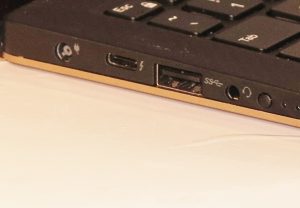
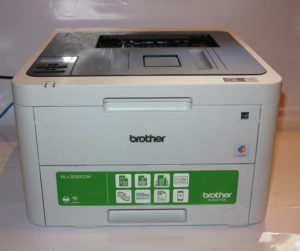

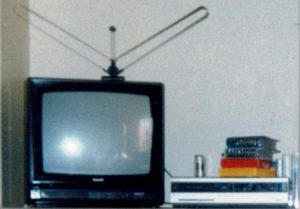



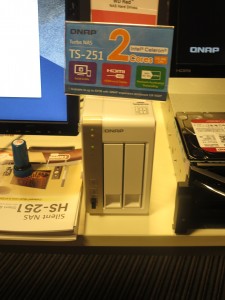


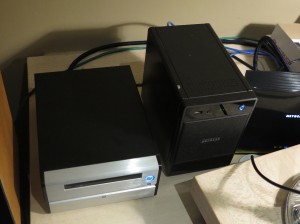
![Map of Europe By User:mjchael by using preliminary work of maix¿? [CC-BY-SA-2.5 (http://creativecommons.org/licenses/by-sa/2.5)], via Wikimedia Commons](https://homenetworking01.info/wp-content/uploads/2014/06/512px-Blank_map_europe_coloured.svg_-300x229.png)